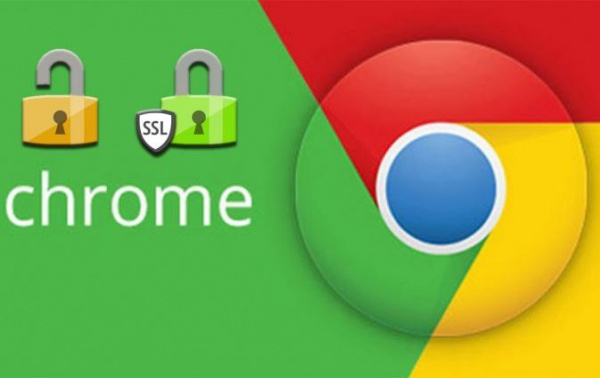Google Chrome Now Labels HTTP Sites as Not Secure
Starting in October, Chrome will display a red “Not Secure” warning when users enter information on HTTP sites.
On Tuesday, July 24, Google released a new version of the desktop Google Chrome browser. One of the main updates in version 68 is the introduction of a “Not Secure” label on websites that do not use SSL certificates.
Currently, the “Not Secure” warning appears in Chrome’s address bar when users enter information into text fields on unencrypted sites or when visiting such sites in Incognito mode. Sites using the HTTPS protocol are marked with a padlock icon and a green “Secure” label. Starting in September 2018, the “Secure” label will be removed from protected sites, leaving only the padlock icon, and eventually, even the padlock will disappear. From October, Chrome will show a red “Not Secure” warning when users enter information on HTTP sites. With these changes, Google aims to make HTTPS the standard and HTTP the exception.
For several years, Google has encouraged website owners to switch to the HTTPS protocol to improve security. These efforts have seen some success: as of January 2018, over 76% of Chrome traffic on Android was protected, and 83% of the top 100 websites used HTTPS by default.
HTTPS (Hypertext Transport Protocol Secure) is a protocol that ensures security and privacy when exchanging information between a website and a user’s device. It is an extension of HTTP that supports encryption through cryptographic protocols such as SSL and TLS.



